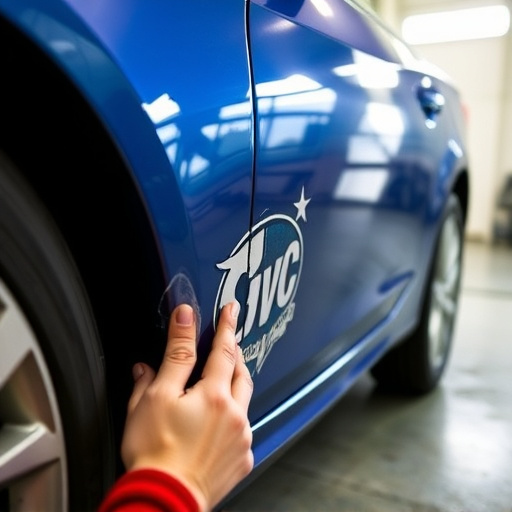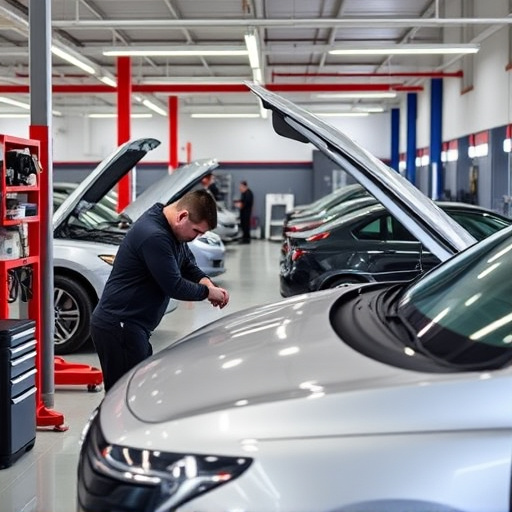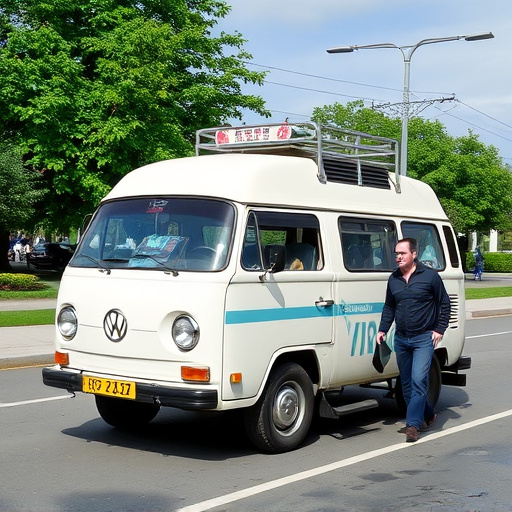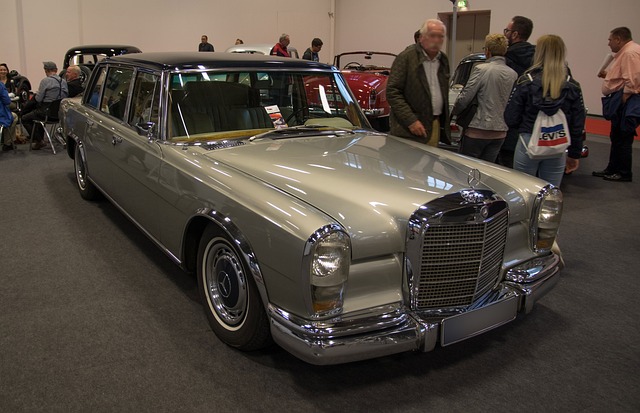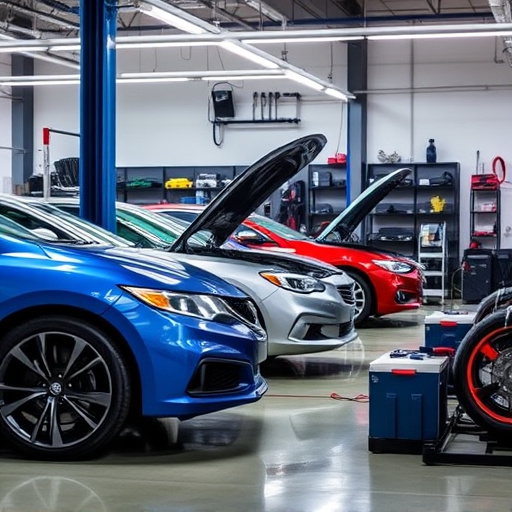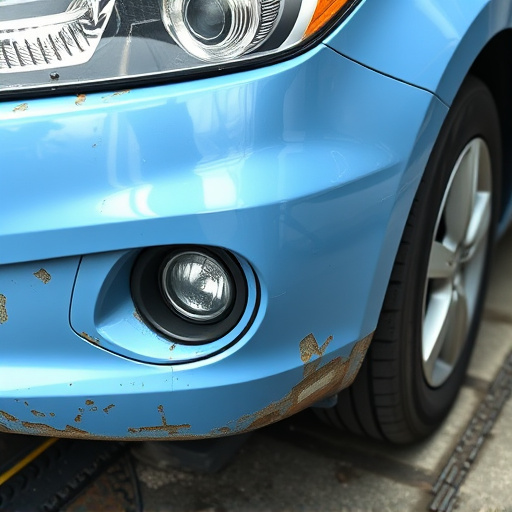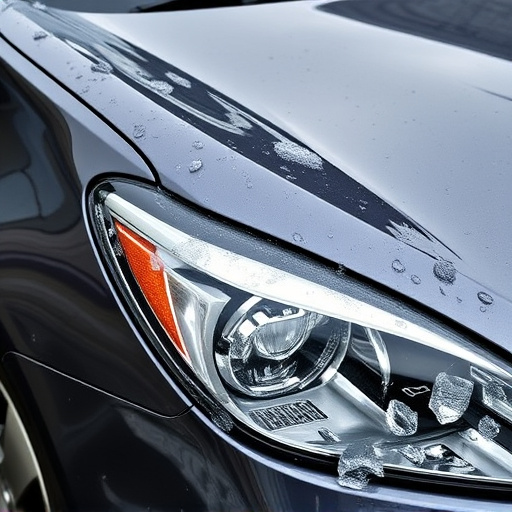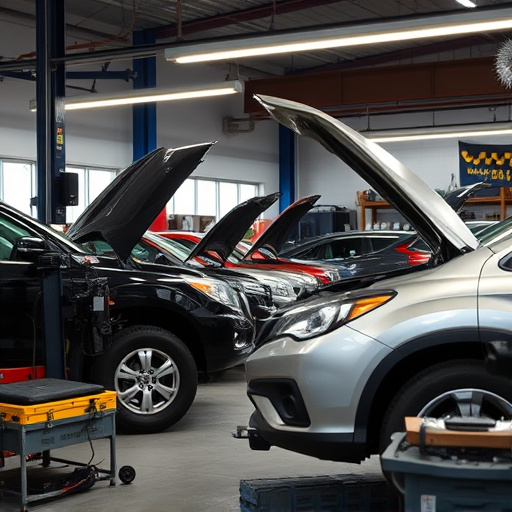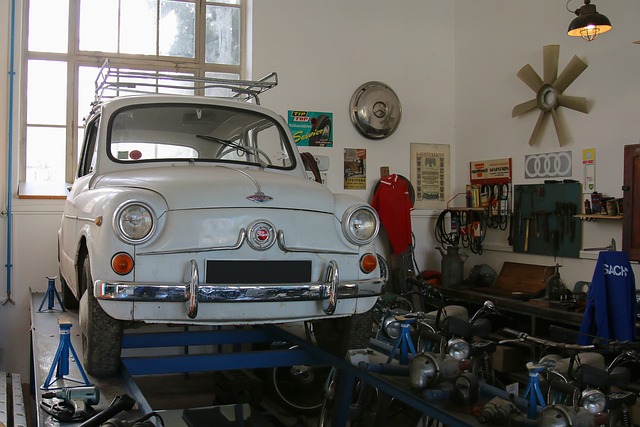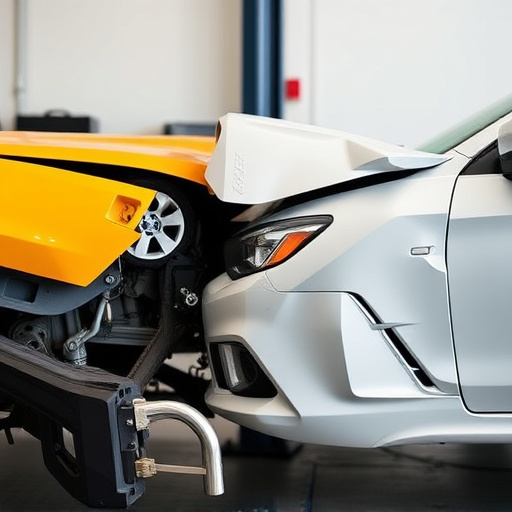Collision repair professionals need to understand Tesla Supercharger compatibility at shared charger locations to provide efficient EV charging services, promoting a greener future. Verifying compatibility prevents issues and ensures quick recharging for Tesla owners using diverse charging options.
Tesla’s Supercharger network has revolutionized electric vehicle charging, offering fast and efficient options for owners. However, as the network expands, shared charger locations have emerged, presenting both benefits like increased accessibility and challenges related to compatibility. This article explores Tesla Supercharger compatibility in shared spaces, delving into the advantages and potential hurdles. We’ll guide you through ensuring a seamless charging experience when using these collaborative infrastructure solutions.
- Understanding Tesla Supercharger Network
- Shared Charger Locations: Benefits and Challenges
- Ensuring Compatibility for Seamless Charging
Understanding Tesla Supercharger Network
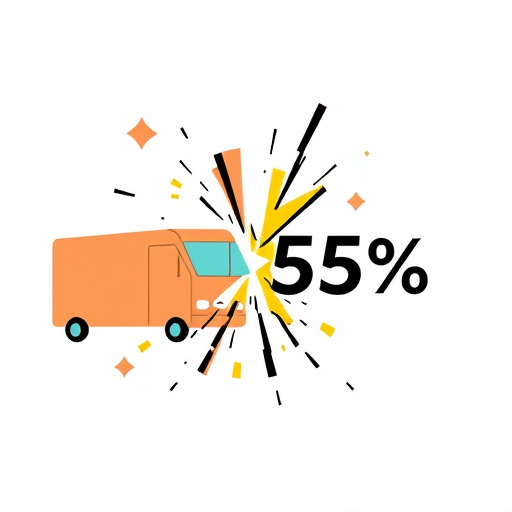
The Tesla Supercharger network is a cornerstone of electric vehicle (EV) ownership, offering fast charging solutions for Tesla vehicles across various locations. This expansive infrastructure is designed to ensure that Tesla drivers can embark on long-distance journeys with confidence, knowing that quick and efficient charging options are readily available. The network comprises numerous Supercharger stations strategically nestled along highways and major routes, facilitating hassle-free travel for electric car enthusiasts.
Understanding the compatibility of these Supercharger locations with shared charger sites is paramount in the automotive body work sector. As collision repair and fender repair professionals, keeping up with such developments ensures that customers seeking repairs after accidents or incidents can benefit from efficient charging solutions while their vehicles are being serviced. This seamless integration between EV technology and automotive body work services contributes to a greener, more sustainable future for all road users.
Shared Charger Locations: Benefits and Challenges

Shared Charger Locations offer a compelling solution to enhance Tesla Supercharger compatibility and accessibility. With a growing network of publicly accessible chargers, owners can conveniently charge their electric vehicles (EVs) outside of home or dedicated charging stations. This benefit is particularly appealing for long-distance travel, as it provides flexibility and reduces the reliance on private infrastructure.
However, challenges exist in implementing and maintaining these shared locations. Similar to collision repair services and automotive restoration efforts, proper management is crucial. Locations need to be strategically chosen, considering factors like accessibility, visibility, and proximity to Tesla Supercharger networks. Furthermore, ensuring consistent availability and reliable charging speed can be a hurdle, requiring ongoing maintenance and potential upgrades to meet the demands of EV owners. Balancing these aspects is key to unlocking the full potential of shared charger locations for Tesla Supercharger compatibility.
Ensuring Compatibility for Seamless Charging

Ensuring compatibility between Tesla Superchargers and shared charger locations is paramount for a seamless charging experience. Before plugging in your electric vehicle (EV), it’s crucial to verify that the station supports your specific Tesla model and battery type. This step prevents potential inconveniences, such as incompatible connectors or limited charging speeds, which could lead to costly car damage repair if not addressed promptly.
Shared charger locations, often found in public spaces or along highways, might offer a variety of charging options. However, not all chargers are created equal; some may cater exclusively to different EV brands or models. Therefore, checking the Tesla Supercharger compatibility for any given location ensures that your vehicle can tap into this efficient and powerful charging network, keeping your battery optimally charged without having to rely on less convenient alternatives, like traditional gas stations or slower public chargers that might require extensive car restoration efforts in the future.
The Tesla Supercharger network has revolutionized electric vehicle charging, offering fast and efficient solutions for long-distance travel. While shared charger locations bring benefits like increased accessibility and cost savings, ensuring compatibility with various charging standards is crucial for a seamless experience. By understanding the intricacies of Tesla Supercharger compatibility, EV owners can navigate different charging infrastructure scenarios smoothly, contributing to a more widespread adoption of electric vehicles.
